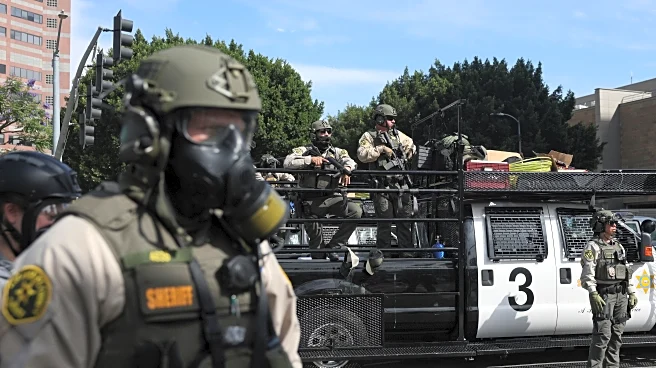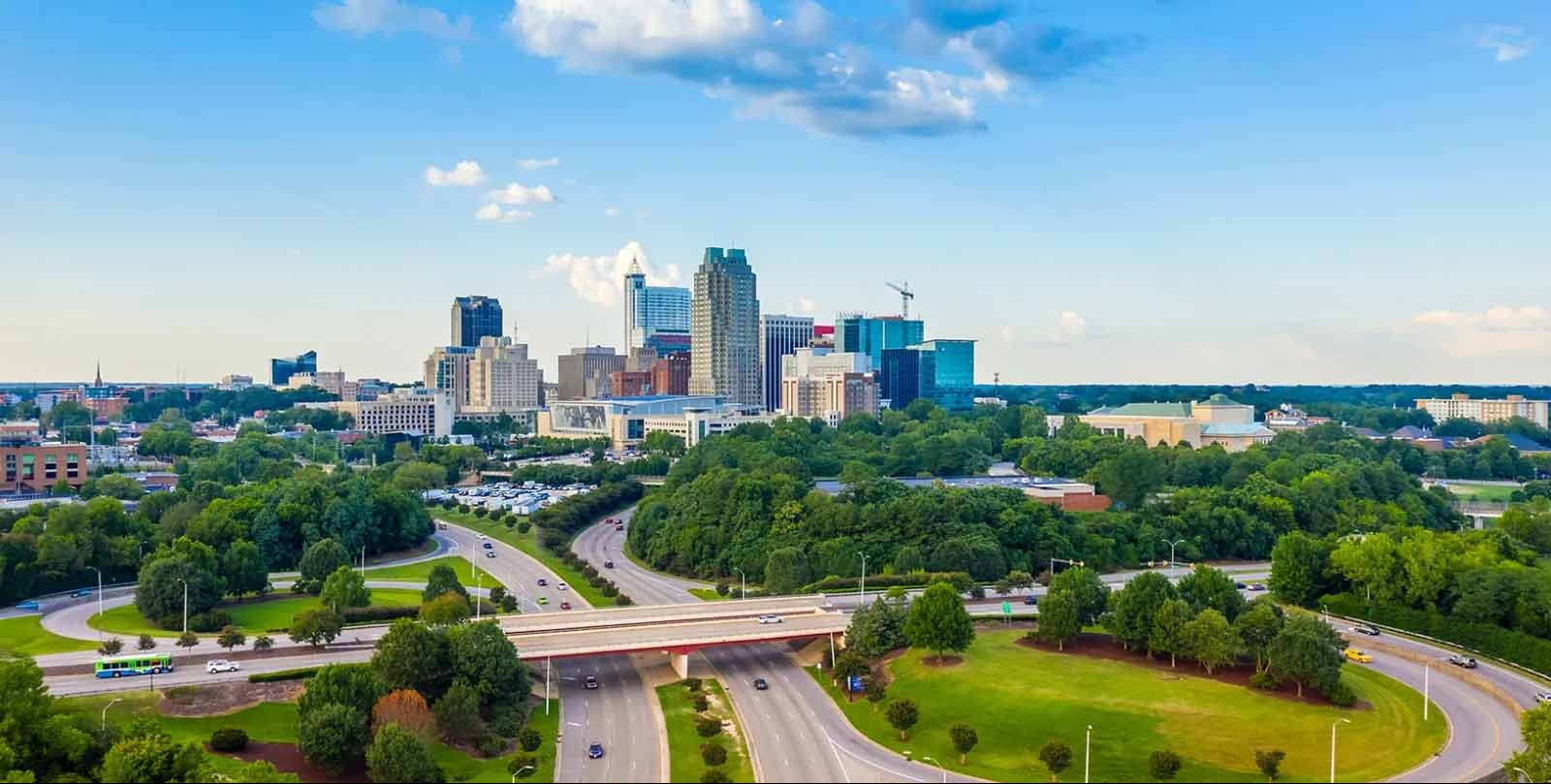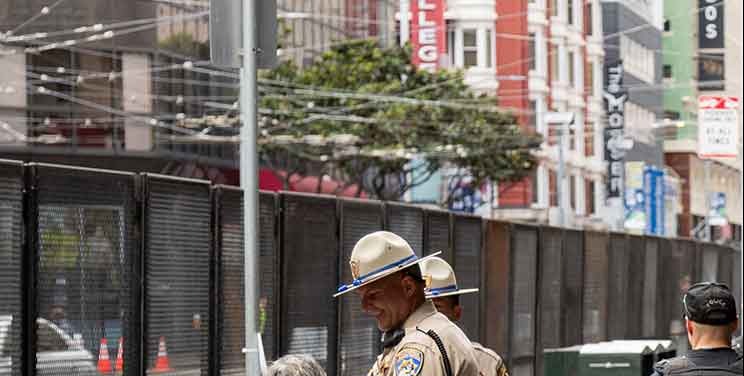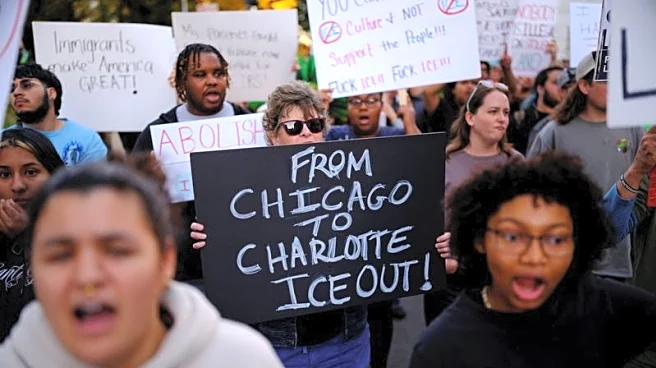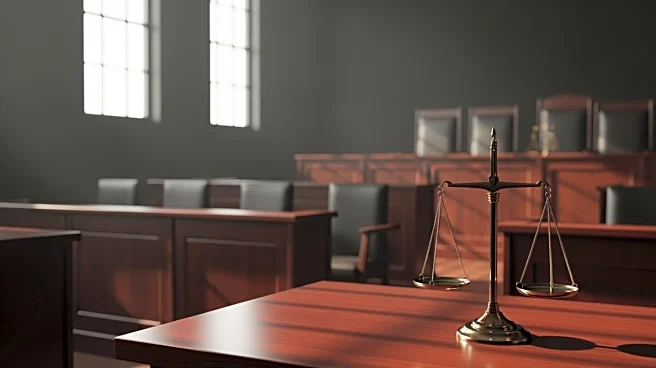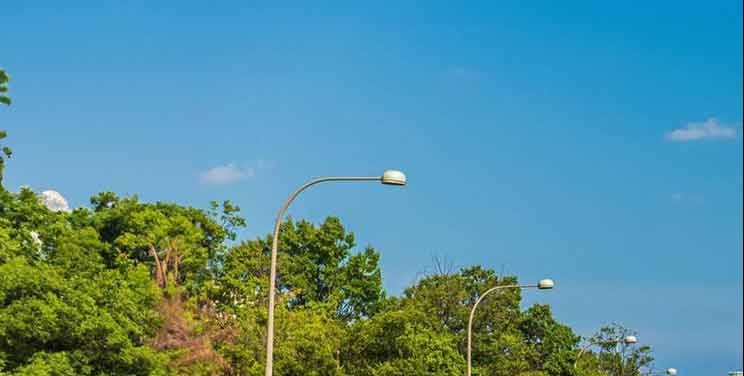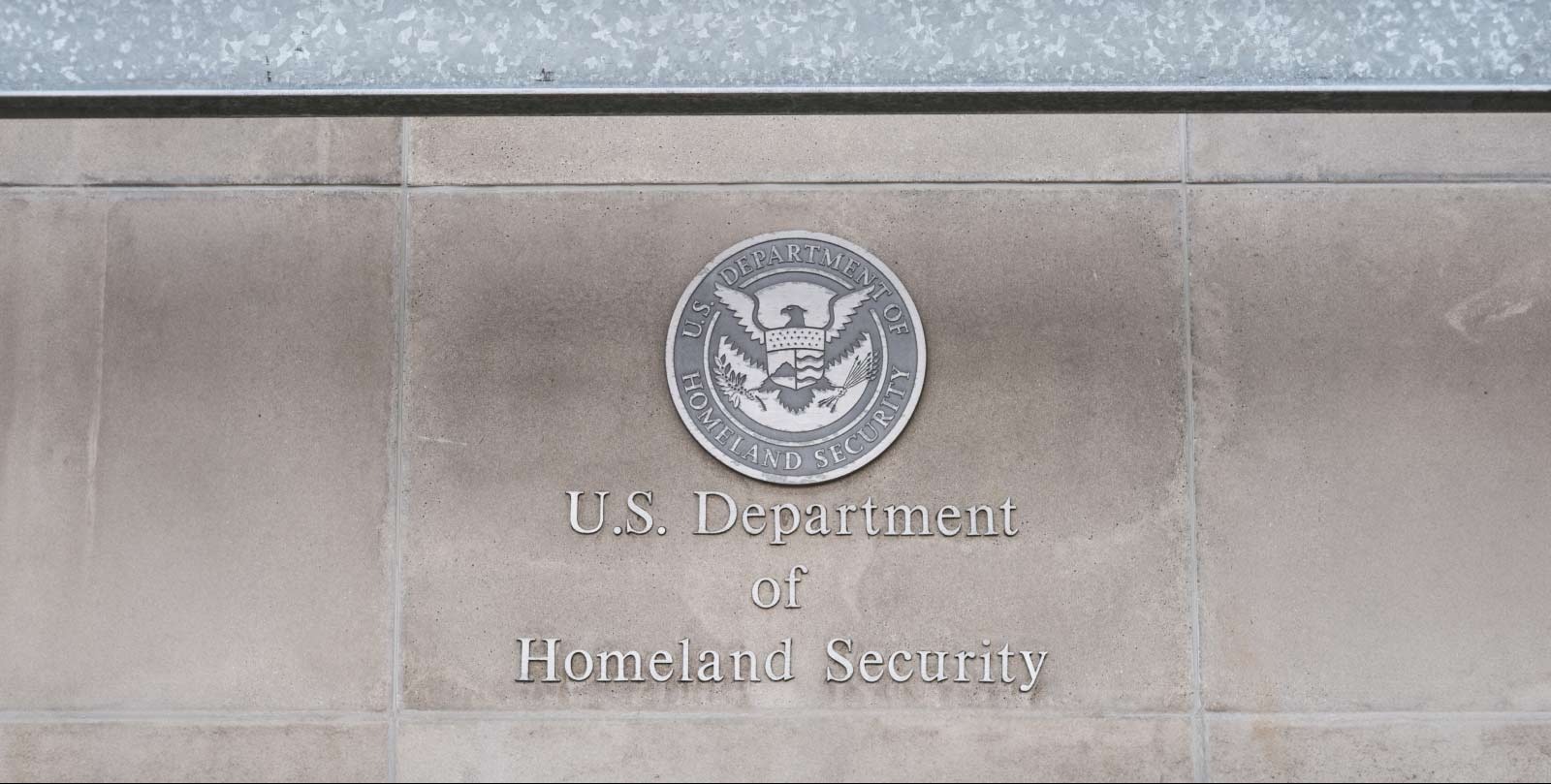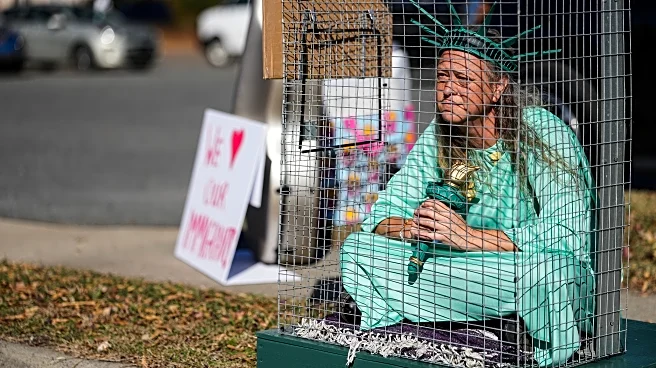A girl clings to her asylum-seeking father as he is swarmed by agents outside an immigration court in lower Manhattan. Another man, the fear clear on his face, turns back to his wife and daughters as an agent leads
him away. Outside courtroom after courtroom, masked immigration agents wait for their next target, leaning against the walls until it’s time for the arrest.
Children play in the hallways, oblivious to what their families are facing.
The families came to these New York City courts because they were following the rules, summoned for hearings in asylum cases that had sometimes stretched out for years. The hearings were, very often, to deal with straightforward administrative issues in complex cases.
But when AP reporters, photographers and visual journalists fanned out to immigration courts in 20 cities, they found a system that has changed dramatically in the second Trump administration, with the nation’s 75 immigration courts now churning out rulings, and judges under pressure to go even faster.
For many immigrants, this has turned what are supposed to be forums for justice into deportation traps, with arrests coordinated days in advance to meet quotas, according to U.S. officials, with little regard for the particulars of a case.
Instead of straightforward hearings, asylum seekers often find their cases dismissed, allowing them to be immediately re-arrested and placed in expedited removal proceedings.
The administration says it is targeting the “worst of the worst” in its immigration crackdown, but many taken in these courthouse arrests don’t have criminal records.
Yet across the nation, they leave courthouses in handcuffs.
This is a photo gallery curated by AP photo editors.


